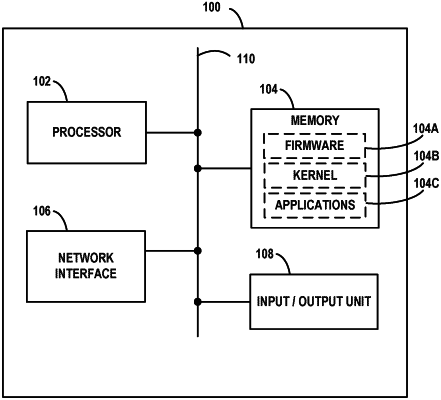| CPC G06F 16/258 (2019.01) [G06F 8/65 (2013.01); G06F 9/54 (2013.01); G06F 16/212 (2019.01); G06F 16/27 (2019.01)] | 20 Claims |

|
1. A system comprising:
at least one hardware processor configured to execute a source computational instance and a target computational instance, the source computational instance having a first application programming interface (API) of a software application and being configured to store a first set of content related to the software application, and
the target computational instance having a second application programming interface (API) of the software application, and wherein the target computational instance is configured to:
store a second set of content related to the software application;
receive new content; and
apply transformation rules to the received new content before storing the received new content in the second set of content,
wherein the first API of the source computational instance is further configured to receive selected content chosen from the first set of content and an indication of the target computational instance requesting the selected content chosen from the first set of content, and transmit an encoded version of the selected content to the target computational instance, and
wherein the second API of the target computational instance is further configured to receive the encoded version of the selected content, apply the transformation rules to the selected content, and store the transformed selected content within the second set of content, wherein the transformation rules are based on (i) upgrade rules defining how the software application is upgraded between different versions, or (ii) downgrade rules defining how the software application is downgraded between the different versions.
|